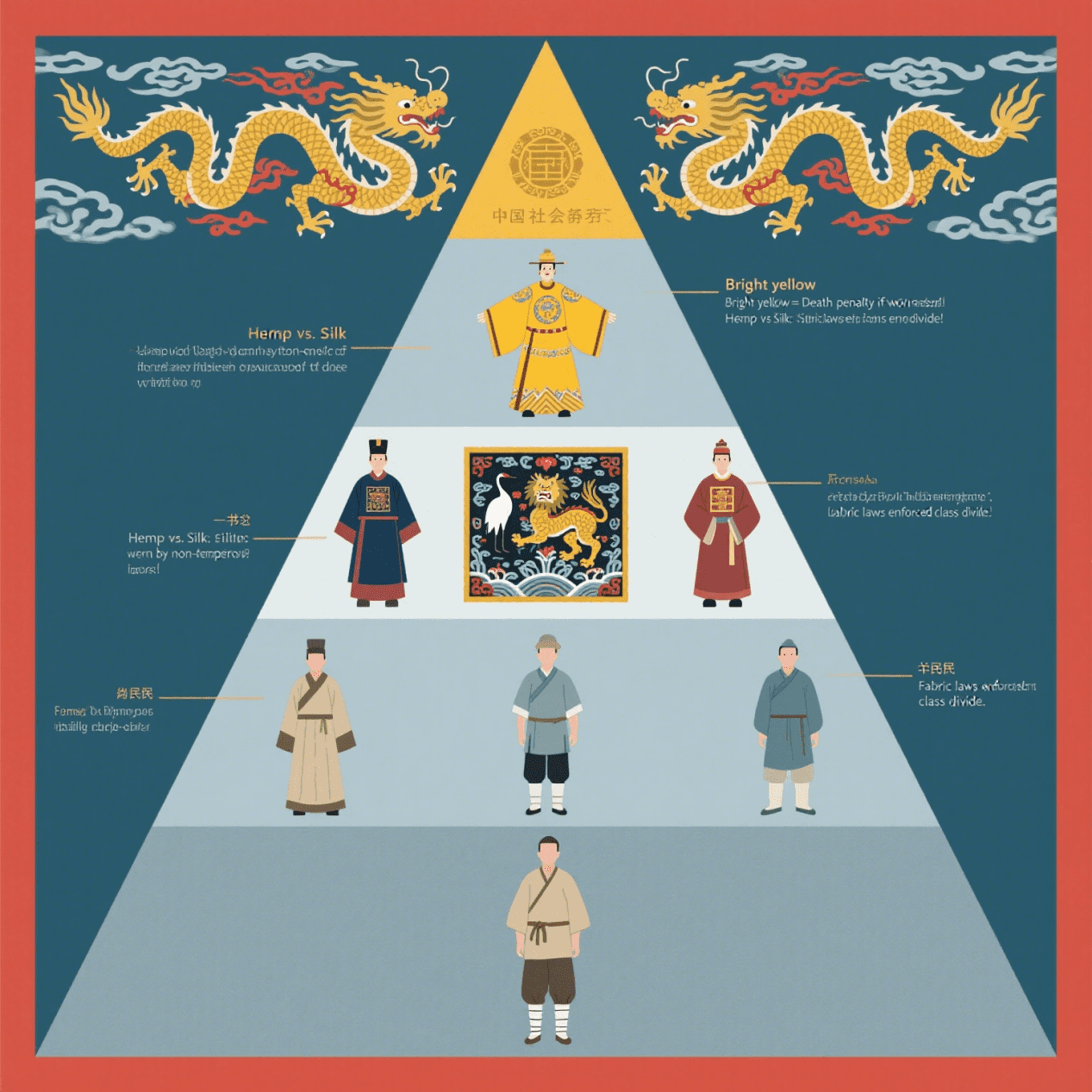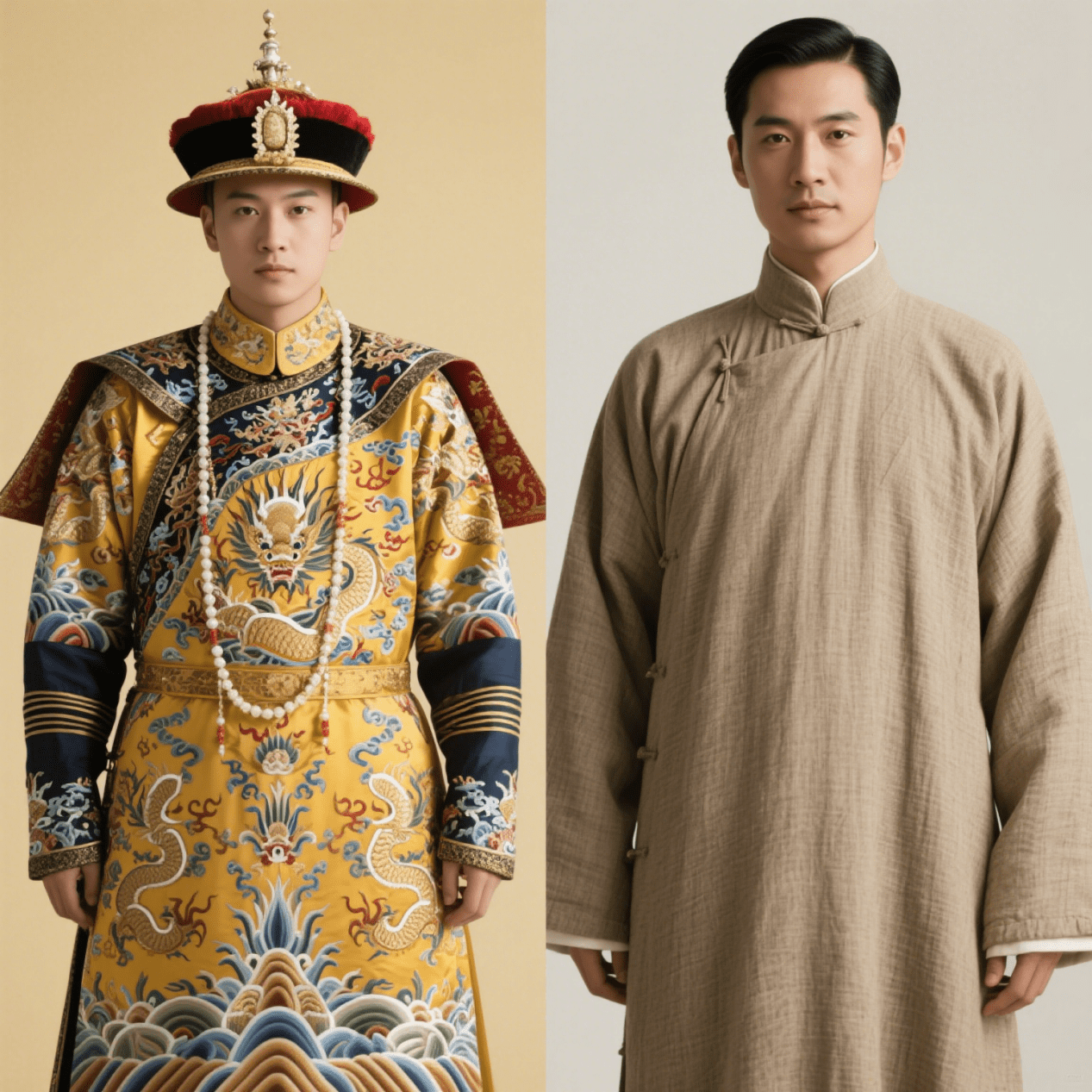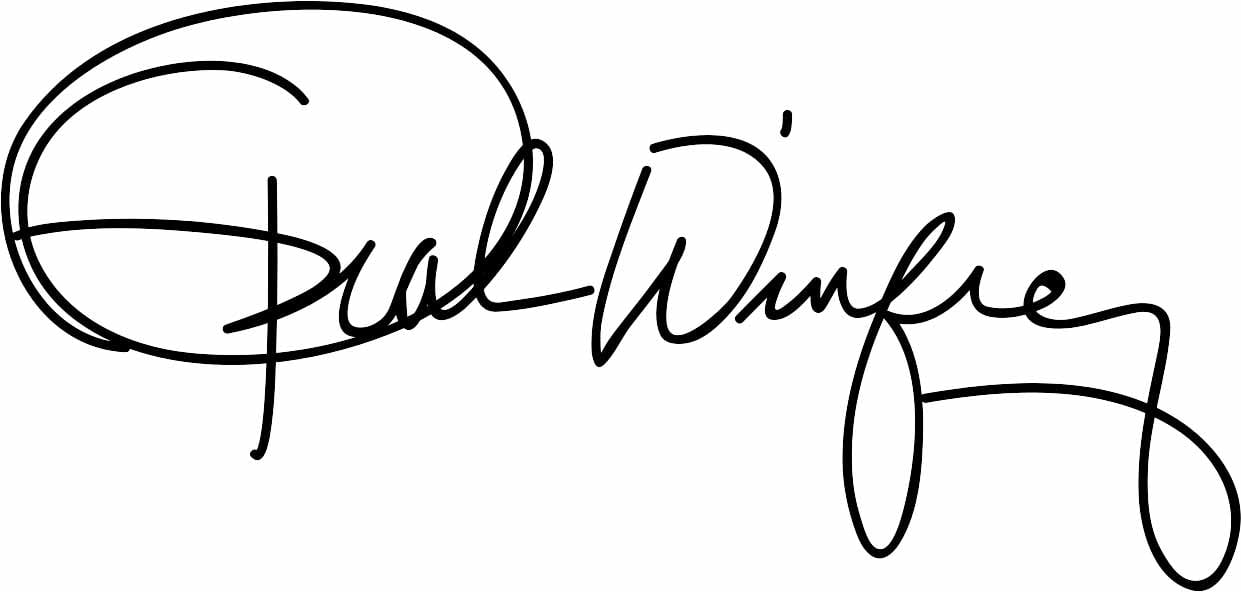More than just fabric
Today, when we think of Hanfu in Ancient China, we often picture flowing sleeves and intricate embroidery. But in ancient China, Hanfu was much more than an aesthetic fashion—it was a visual language that communicated social class, moral values, and even political stances.
For Western Hanfu enthusiasts, understanding these historical details will change the way we appreciate and wear Hanfu today. Unlike modern Western fashion, which is driven by personal style, traditional Hanfu followed a strict dress code that was closely tied to Confucian philosophy and imperial law.
Part 1: Dress Like an Emperor – Hanfu as a Power Symbol
The Forbidden Colors: Why Yellow Meant Absolute Authority
After the Tang Dynasty (618-907 CE), bright yellow became the emperor’s exclusive color—wearing it unauthorized was punishable by death. This wasn’t arbitrary:
Philosophy: Yellow represented the “center” in Chinese cosmology, aligning the emperor with heaven’s mandate.
Control: Sumptuary laws restricted luxury fabrics (like silk brocade) to the nobility, making clothing an instant class identifier.
Rank Badges: The Ming-Qing “Power Suit”
During the Ming (1368-1644) and Qing (1644-1912) dynasties, officials wore mandarin squares (补子)—embroidered panels signaling rank:

Fun Fact: These inspired Western military insignia!
Part 2: Occasion Over Outfit – Hanfu’s Ritual Precision
A.Weddings: Red Luck vs. White Mourning
Bridal Hanfu: Ming-style red phoenix coronets (凤冠) symbolized joy, while Tang-era brides wore high-waisted ruqun (襦裙) for elegance.
Taboo: White was strictly for funerals—a stark contrast to Western bridal traditions.
B.Court Attire: When a Sleeve’s Length Could Offend
Official robes (朝服): Worn with black hats (乌纱帽) during imperial audiences.
Etiquette: Rolling up sleeves or loose belts showed disrespect—think of it as showing up to the White House in pajamas!
C.Daily Wear: Scholar’s Chic vs. Laborer’s Practicality
Scholars: Wore shenyi (深衣)—modest cross-collar robes reflecting Confucian humility.
Farmers: Simple duan da (短打)—short jackets for mobility, often in indigo or brown.
Part 3: Hanfu Today – Revival or Rebellion?
The Modern Debate: Must We Follow Ancient Rules?
Traditionalists argue for historical accuracy (e.g., no machine embroidery).
Reformists adapt Hanfu for offices (e.g., shorter skirts, blended fabrics).
Case Study: How Chinese Gen Z mixes Hanfu with streetwear (sneakers + ruqun).
Global Etiquette: Can Non-Chinese Wear Hanfu?
Unlike Japan’s kimono culture (where non-Japanese wearing it can be contentious), most Hanfu communities encourage foreign participation—with respect:
Do: Research symbolism (e.g., avoid funeral white for celebrations).
Don’t: Treat it as “costume play” without cultural context.

The Symbolism Behind Hanfu Colors and Patterns
In ancient China, colors and patterns used in Hanfu were far more than mere decorations — they carried deep cultural and social meanings. Specific colors like red symbolized joy and prosperity, while black often reflected solemnity and dignity. Patterns, from dragons to peonies, indicated rank, family heritage, or even personal virtues. Understanding these details can unlock a richer appreciation of Hanfu’s role as a visual language, telling stories about the wearer’s identity, aspirations, and place in society. Today, modern Hanfu designers continue to draw inspiration from these traditional elements, blending history and contemporary style.
Hanfu as Living History
From imperial power plays to TikTok trends, Hanfu’s evolution mirrors China’s journey. For international fans, wearing it isn’t just about beauty—it’s about decoding a 3,000-year-old visual language.
When exploring the rich history of Hanfu, it is important to understand how clothing symbolized more than just personal style — it represented a person’s social standing, profession, and even political alignment. In ancient China, the emperor wore dragon robes embroidered with golden threads, while scholars and officials were identified by specific hat styles and robe patterns. Commoners, on the other hand, wore simpler Hanfu made from plain fabrics. Even the colors carried meaning: bright yellow was reserved exclusively for royalty, while deep greens and blues were associated with scholarly pursuits. Understanding these distinctions allows modern Hanfu enthusiasts to appreciate the depth and significance of traditional Chinese attire beyond its beauty.
Hanfu enthusiasts can learn more about hanfu on our blog page!https://shop.tangpura.com/blog/



